During the British Mandate period of the Holy Land, Gush Etzion was a group of Jewish farming communities, located in the Judean Hills overlooking the road from Hebron, City of the Patriarchs, to Jerusalem, capital of the House of David. Abraham pitched his tent here when he entered the Land promised by God. David tended his flocks here and the Maccabees conducted a desperate uprising against the Hellenistic Syrian army.
The men and women of the farming villages in the Gush Etzion area with few weapons defended their homes against the brutal assault by the Arab Legion with modern armaments of artillery and armored vehicles and lead by British officers. The men and women of Gush Etzion defended the Hebron road against the Arab march into Jerusalem and allowed the Jewish communities in Jerusalem the time to protect the city. They were the first victims in the War of Independence. On May 13, 1948 in the final Arab assault, 130 men and 21 women defenders fell in the massacre at Kfar Etzion.1
When the remaining Jewish defenders in Kfar Etzion surrendered to the Arab Legion and after an Arab photographer with his flowing kaffiyeh finished the group picture of the prisoners, the Arabs unleashed their machine guns2 in the spirit of the Nazi Einsatzgruppen troops during the Holocaust. Then, an officer of the “courageous” Arab Legion threw a grenade into the shelter under the Monastery where the wounded laid in agony and anyone showing signs of life in the farmyard was shot and killed3 in the finest of SS tradition.
The defenders of Gush Etzion belong to that “ancient and unbroken lineage” of them who were “swifter than eagles and stronger than lions: pleasant were they in their lives, and in their death they were not divided.”4 United, the defenders proclaimed to the world that they fought for “the eternity of Jerusalem” [Netsah Yerushalayim].5 The Jewish communities have returned to Gush Etzion after its recapture following the Six-Day War. Your children shall return to their own land. Jeremiah 31:16.
And the world cannot comprehend the eternal significance of the return of Jewish communities in Jerusalem and Judea and Samaria for the Jewish soul and to the fulfillment of Scriptures.
Copyright © 2012 by Martin M. van Brauman
1 Knohl, Dov, Siege in the Hills of Hebron: The Battle of the Etzion Bloc, (1st ed., 5th printing 2006), p. 340.
2Ibid., p. 334.
3 Ibid., p. 335.
4 Ibid., p. 12.
5 Ibid., p. 257.

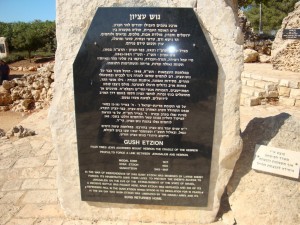
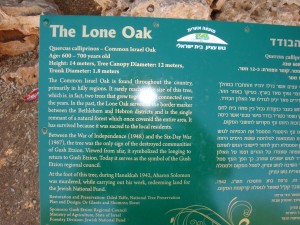
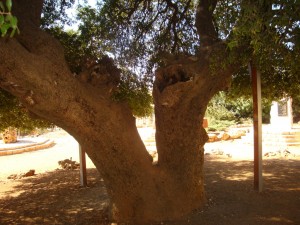
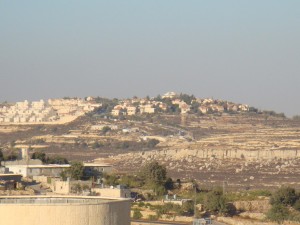
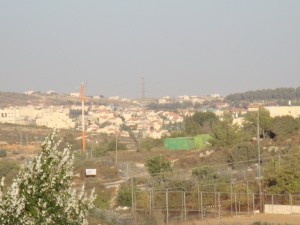
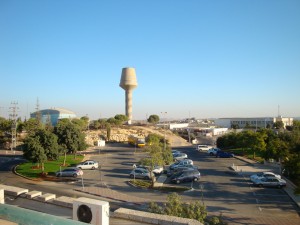
 Shavei Israel
Shavei Israel Zion Oil and Gas
Zion Oil and Gas